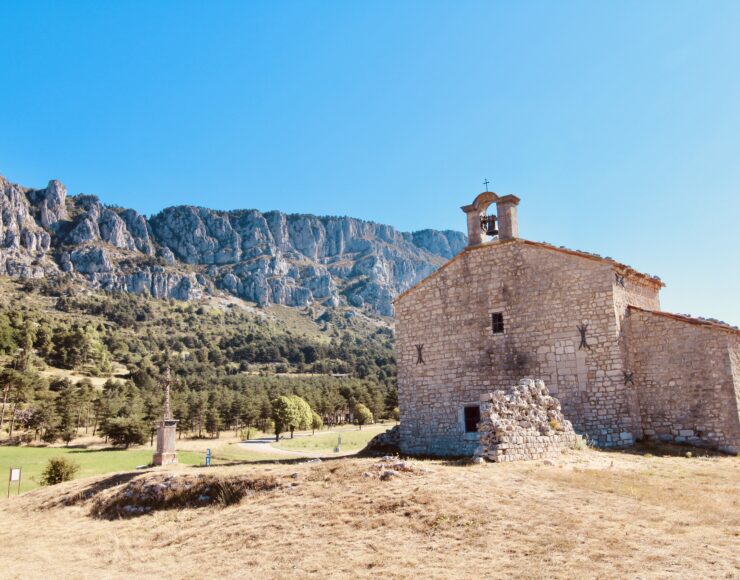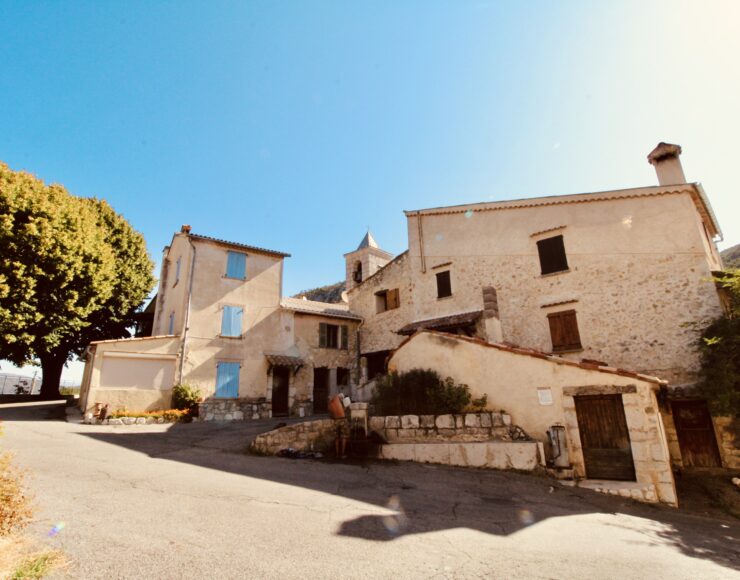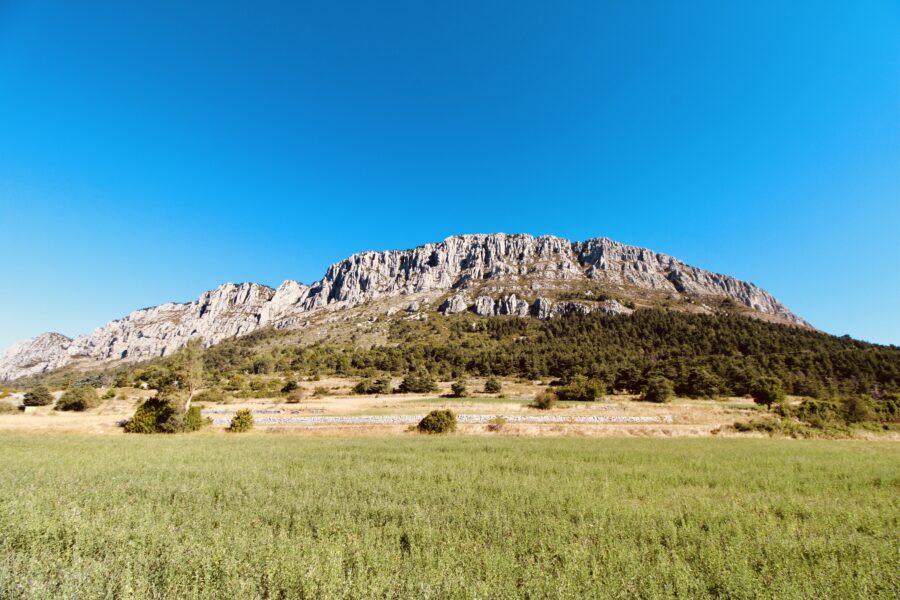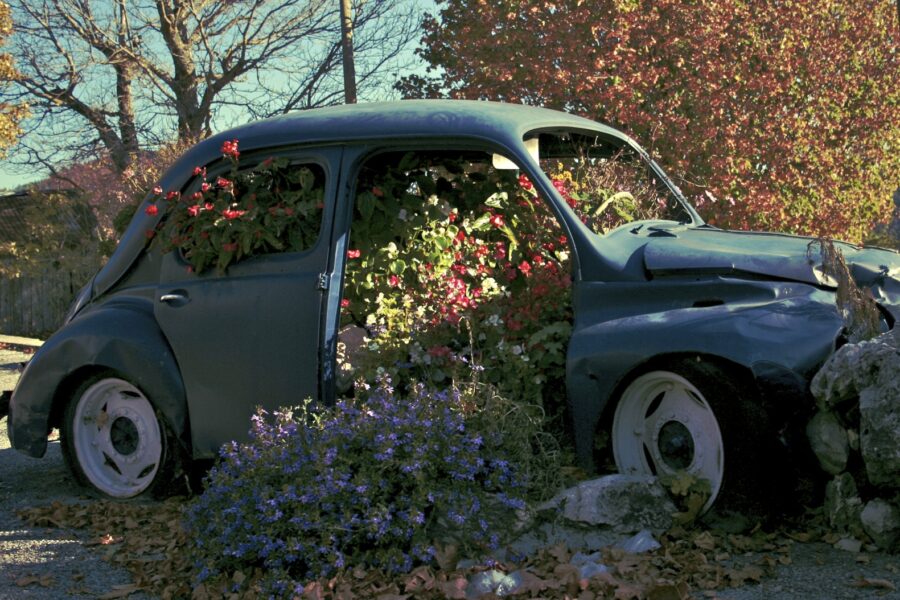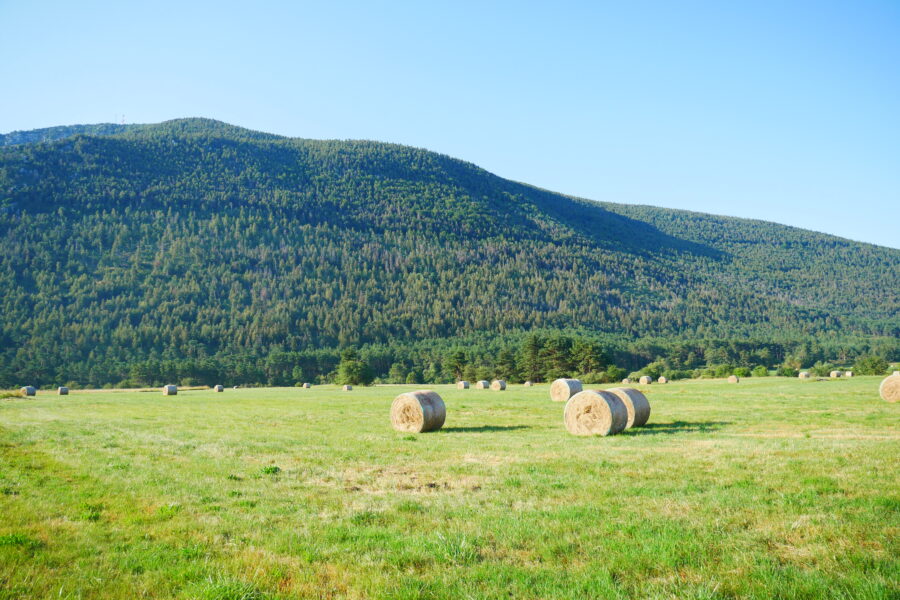Séranon
Located first on the ridge, Séranon then built in the plain, at the foot of an impressive cliff dug by erosion.
Today the village seems to enjoy a peaceful and sweet tranquility.
You will appreciate the landscapes, the washhouse, the 1898 fountain, the typical petanque court of the South, the majestic chestnut trees but also, the sloping alleys leading to a square where the curious old agricultural machinery are exposed!
The essentials
Notre Dame de Gratemoine chapel
Le nom énigmatique de cette chapelle romane est dû à la déformation progressive du latin « gradiva » qui signifie « degré » et « caminus » qui signifie « chemin ». Ces termes font allusion à la situation de l’édifice, ce dernier étant bâti sur le seul point élevé de la plaine, au pied de laquelle passait autrefois, une antique voie romaine de communication.
La chapelle fut citée pour la première fois en 1060, dans une charte de l’abbaye de Lérins. Au début du XIIe siècle, les moines reconstruiront l’église, flanquée au sud d’une chapelle baptismale, dont les restes remaniés constituent désormais la chapelle Notre-Dame de Gratemoine, telle qu’elle apparaît de nos jours.
Après le Moyen-âge, la nef sera réduite à la première travée par la construction d’un nouveau mur de façade.
The ruins of old Seranon
Originally, the village of Séranon was perched on the ridge, at the top of the mountain for fear of invasions. Once the latter were removed, the inhabitants settled in the plain, more hospitable and more conducive to agricultural work.
Hanging on the “bars” and overlooking the old village of Séranon, the still imposing ruins of the Saint-Michel church remain. These ruins that seem to defy time, testify to the historical past of the commune.
The church was built at the very beginning of the 14th century by Louis de Villeneuve, lord of Séranon, whose lands were erected as marquisate in 1506.
Practical information
Activities & places of visits
Annual appointments
August
Patron Saint-Louis’s Day
September
Patron Saint’s Day of Notre-Dame
Did you know?
Emperor Napoleon I, returning from the island of Elba, stopped for a few brief hours of rest on the night of March 2 to 3, 1815 in Séranon. Upon his arrival, the emperor met Sieur Blaise Rebuffel, manager of the Marquis de Gourdon, mayor of Grasse, who made his country castle the “Bastide du Broundet” available to him. The Emperor settled in the castle and spent the night there dressed, on an armchair, near which he forgot when leaving, a small bottle of cologne. The battalion bivouac around the Bastide and burned the Marquis’ supply of wood all night. In the early morning, the Emperor resumed the road towards Castellane, towards Paris. This bastide, now in ruins, is easily accessible during a bucolic walk…
